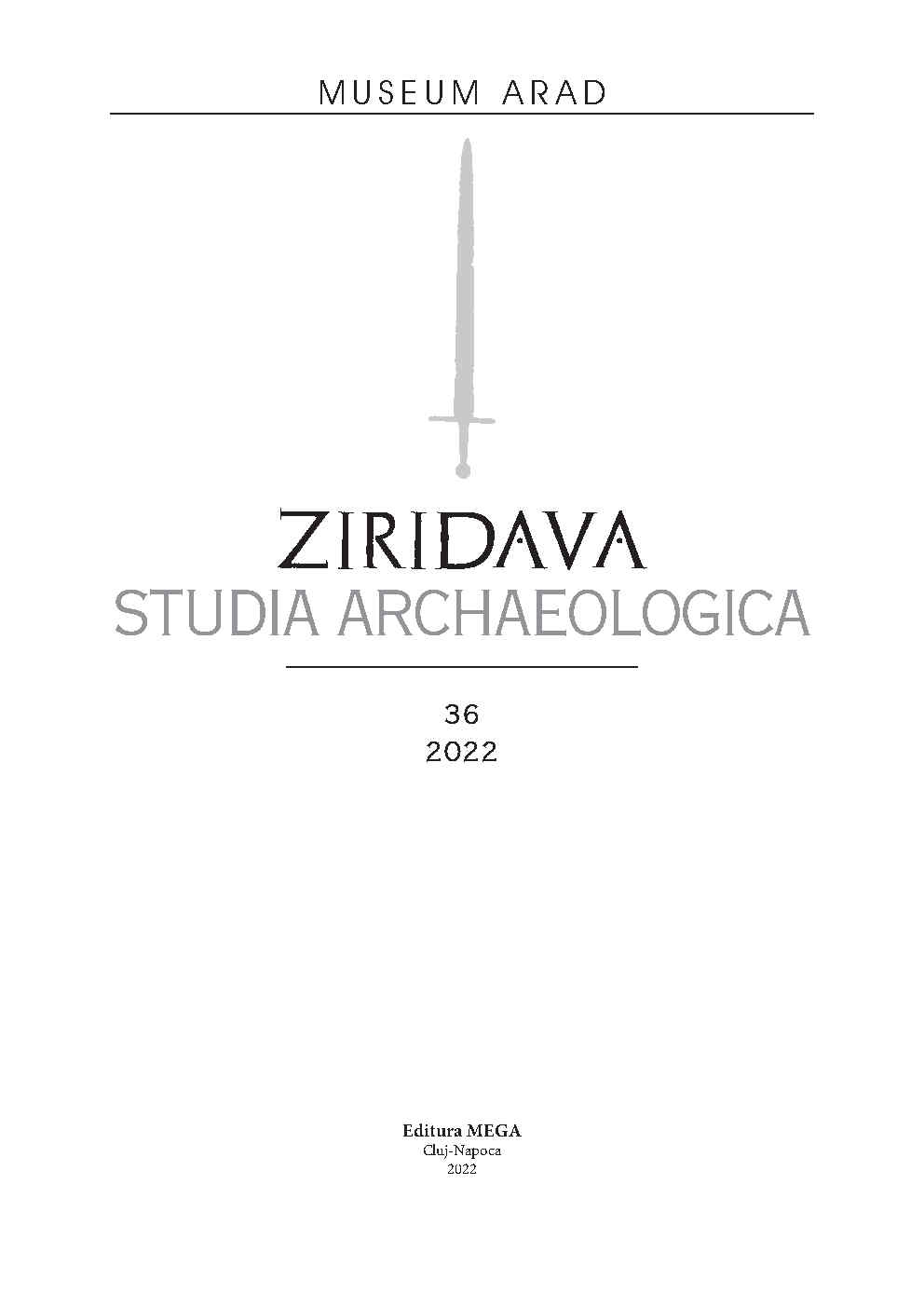Study of faunal remains from the Dacian settlement of Alunu – Terasa Dacică 1,
Boșorod commune, Hunedoara County
Study of faunal remains from the Dacian settlement of Alunu – Terasa Dacică 1,
Boșorod commune, Hunedoara County
Author(s): Georgeta El Susi, Cristian OpreanSubject(s): Archaeology, Prehistory
Published by: Editura Mega Print SRL
Keywords: Piatra Roșie; La Tène habitation; animal husbandry; age profiles; hunting;
Summary/Abstract: The faunal material presented here was yielded by the archaeological excavations conducted in a house with appurtenances located on Terasa Dacică 1, nearby the Dacian fortress of Piatra Roșie. Out of the four excavated areas (F6, C7, C10 and D10), 295 mammal bones were collected, of which 170 determinable and 125 indeterminable. Wild species are present in a percentage of 2.94%, including four red deer bones and a boar tooth. The domesticate segment sums up 165 remains (97.06%), of which 75 belong to pig (44.12%), 45 (26.47%) caprines (26.47%), 42 bovids (24.71%) and three from horse (1.76%). In terms of minimum number of individuals (MNI) pig prevails (38.89%), followed by sheep and caprines (30.55%), bovids (22.22%) and horse (2.78%). In small ruminants, the juveniles/ subadults/ adults ratio is of 36.36/ 27.27/36.36%. It seems that the terrace inhabitants bred many goats, especially for dairy. In sheep, slaughtering for meat prevailed, except though for lamb. Sheep older than one year were mainly slaughtered. Therefore, the juveniles – subadults ratio is maximal, of 85.7%, compared to the small proportion of adults. Slaughtering was made slightly under one year, with the prevalence of animals that had reached a certain body weight, in the case here, between 1–3 years. In bovids, the juveniles/ subadults/ adults relation amounts to 37.5/ 25/ 37.5%, which confirms the prevailing use of the species for meat consumption, secondarily for dairy. Since the great majority of bones are strongly fragmented and originate from body mass immature individuals, metric data are few. Measurements of bovids, pig and caprines belong to the lower variation sequence, specific to populations with gracile skeleton. The Dacian inhabitancy frames in the group of a pig and small ruminants focused diet economy, with modest input of cattle. Likely, climate disfavoured these as well. Hunting is economically insignificant.
Journal: Ziridava. Studia Archaeologica
- Issue Year: 36/2022
- Issue No: 1
- Page Range: 193-203
- Page Count: 11
- Language: English

